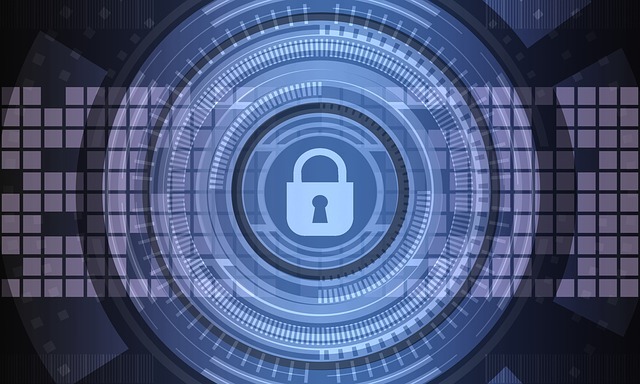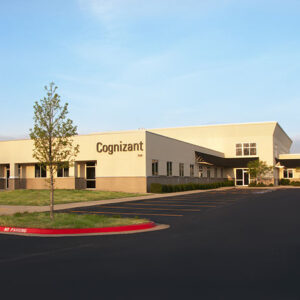
Money laundering and fraud have gone mainstream, with the UN estimating the cost of such activities to be between $800bn and $2tn each year. As we enter a new decade, financial crime will be directed towards trade finance, securities and insurance, argues Andrew Davies. The vice-president for global market strategy, financial crime and risk management at Fiserv speaks to NS Banking about the priorities in 2020.
Andrew Davies on financial crime landscape in 2020
What are the biggest trends you are seeing in financial crime and how has the picture changed in recent years?
In today’s rapidly changing world, consumers expect speed, ease and convenience in every aspect of their lives, including financial services. At the same time, criminals are more sophisticated than ever before and are continually evolving their methods ready to take advantage of any chinks in the armour.
Today, financial institutions must be able to manage the risk associated with transactions in real time to protect their customers — without disrupting the customer experience or transaction process.
This requires a combination of broad insights and specific tactics, including the use of machine learning, artificial intelligence, real-time transactional data analysis in uncovering potential criminal activity, and greater collaboration across the industry.
Investing in technology and putting necessary processes in place is fundamental in preventing financial crime as well as the other illegal activity with which it is often associated, such as human trafficking and terrorist financing.

A trend that I find very encouraging is the increased visibility and awareness of consumers of financial crime and its impact on our world. Fighting money laundering and fraud are mainstream and part of the global zeitgeist.
People care about fighting human trafficking, drug trafficking and fraud, all of which are predicate crimes for money laundering, and expect institutions to protect their customers from financial criminals.
The financial services industry has really only scratched the surface of what can be achieved. As we enter the next decade, we expect to see further developments in increased automation, simplified operational processes, and more detailed analytics to create greater potential for enhanced transparency while maintaining or improving personal privacy and security of financial activity.
What about regulation? Is it having an impact on financial crime?
Regulation plays a key role in preventing financial crime, but regulatory compliance is not a silver bullet, particularly in a fast-moving industry. It is incumbent on financial institutions to take into account the risks they face and familiarise themselves with the necessary measures to mitigate those risks and protect their customers.
What should financial institutions be considering when developing their risk management strategies?
A key element to a robust risk management strategy is effective data management. Successful detection and prevention of financial crime is dependent on the timely and effective analysis of data.
The better the data, the more prepared financial institutions will be to see what is happening, make appropriate inferences and manage the risk.
Financial institutions also need to consider how to balance consumer expectations with effective security measures. As consumer expectations for quick and seamless services continue to grow, a clear understanding of their demands, as well as the ability to mitigate different types of threats, will be critical.

Finally, financial institutions will increasingly flex their risk management and investigation expertise to fit each exploit. For example, the way financial institutions tackle money laundering will be different than the way they deal with payment fraud. For the former, “following the money” while letting it flow is key.
Stopping the flow of cash entirely will simply make criminals suspicious. On the other hand, tackling payment fraud requires the opposite, stopping transactions immediately.
To what extent is increased digitisation transforming institutions’ approach to combatting financial crime?
Financial institutions face some fundamental challenges in current risk management approaches, including over-reliance on rules-based monitoring systems and a dependence on manual investigation and human analysts for decision-making.
Digitisation, particularly the use of machine learning, artificial intelligence and data analytics, is enabling financial institutions to detect and combat criminal activity at greater speed.
These technologies can process more data from a greater number of sources in a more efficient manner, enabling analysis of a broader evidence base and faster, more accurate detection. As a result, employees can spend more time on higher value, more strategic activities, putting financial institutions in a strong position to combat financial crime more effectively.
As cyber crime threats continues to evolve, what can financial institutions do to protect themselves and their customers?
Being able to detect and prevent financial crime at speed will continue to be critical for financial institutions. Financial crime prevention has advanced dramatically in recent years, evolving from one-off investigations of suspicious activity to systems that incorporate automation and sophisticated analytics.
Increased automation and simplified operational processes create great potential for enhanced transparency while maintaining or improving security of financial activity.
As financial crime technology evolves, the future of financial crime detection, prevention and mitigation will be built on new approaches to deployment, a commitment to internal and industry-wide collaboration, and the implementation of new ideas.
Having a balance between people, process and technology is critical to maximising the return on technology investment and delivering heightened security in an ever-changing world.






